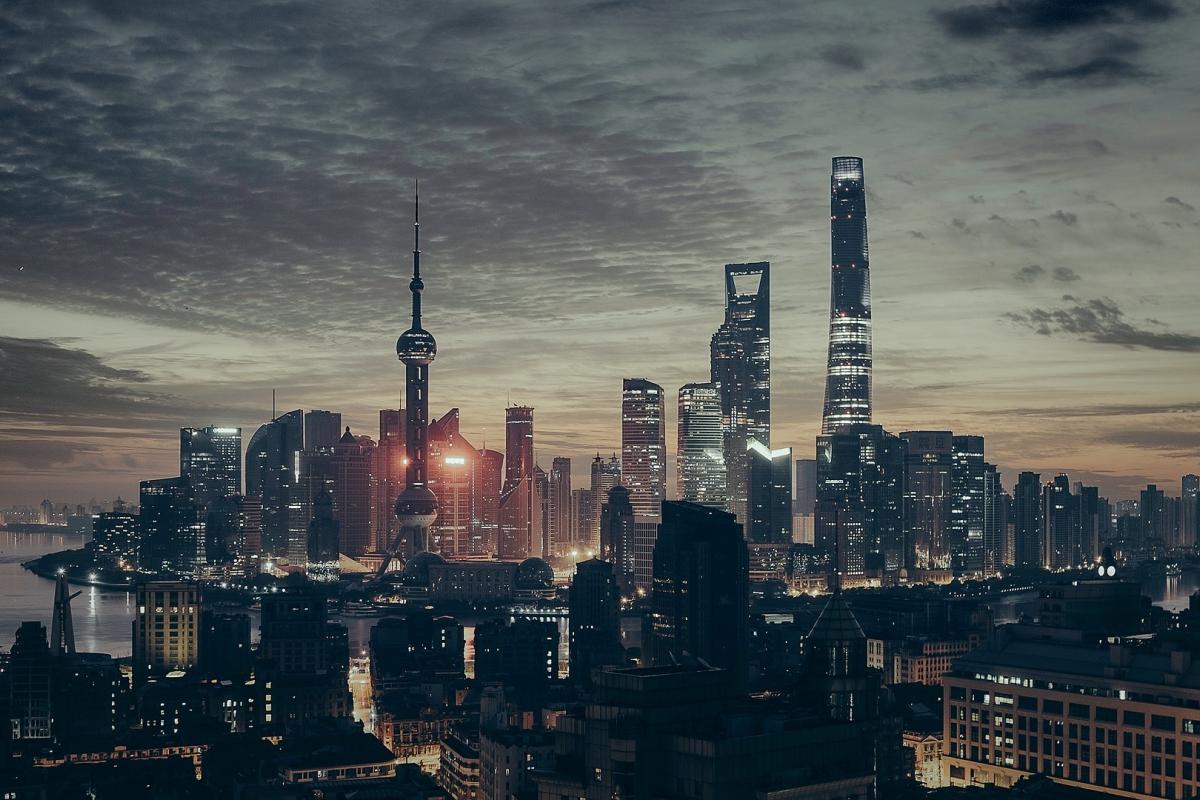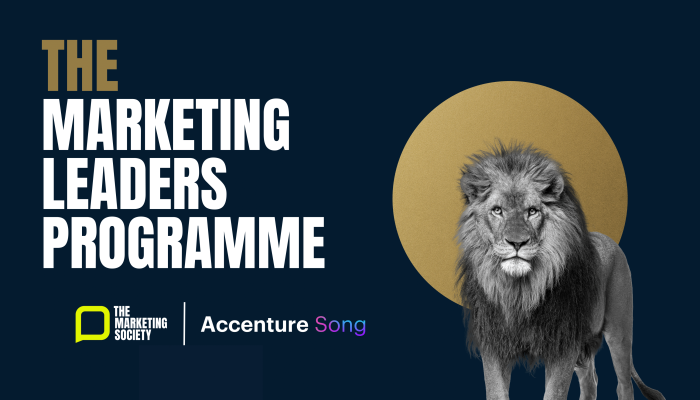The world’s most dynamic markets today are in Asia.
China is the world’s second largest economy, a huge new and growing consumer market, and home to many of the world’s fastest growing companies. Alibaba to Baidu, BYD and Bytedance, China Mobile to Didi Chuxing, Haier to Huawei, SAIC to Tencent, Dalian Wanda and Xiaomi. China has shifted from imitator to innovator, fundamentally driving new technologies, new applications, and the new agenda for business.
And whilst China is growing at around 5-6%, many other Asian countries will grow even faster through the next decade: India, Bangladesh, Vietnam, Malaysia and the Philippines. Collectively these are known at the 7% club. Indeed we could add another list of great non-Chinese Asian companies like DBS and Grab in Singapore, Samsung and LG in South Korea, Uniqlo and Softbank in Japan, Reliance and Tata in India.
- Read more in my article Taming Tigers: Learning from Asian Business Leaders
Whilst the 19th century belonged to Europe, and the 20th century to America, the 21st century is Asian. In particular, it is the “Eurasian” market axis, connecting Europe and Asia, that is likely to grow most significantly. Bruno Maçães argues in his book “The Dawn of Eurasia” that the distinction between Europe and Asia has disappeared, that China’s new “Silk Road” projects are more important than the G20, and that Europe is missing the boat on the third globalisation.
Meanwhile Parag Kanna says in his recent book “5 billion people, two-thirds of the world’s mega-cities, one-third of the global economy, two-thirds of global economic growth, thirty of the Fortune 100, six of the ten largest banks, eight of the ten largest armies, five nuclear powers, massive technological innovation, the newest crop of top-ranked universities. Asia is also the world’s most ethnically, linguistically and culturally diverse region of the planet, eluding any remotely meaningful generalization beyond the geographic label itself. Even for Asians, Asia is dizzying to navigate.”
- Read more in my article The Future is Asia: 5 billion people is just a starting point
And as we move rapidly towards the 2020s, the amount of change and uncertainty in markets is likely to increase further, challenging the more structured and analytical approaches of the west. Built into Asian culture and religion is a resilience to cope with change, but also an optimism to thrive on change, which is likely to serve them well.
- Read more in my article The I Ching, the oldest guide on how to deal with uncertainty
Yet this is not just about abandoning your local markets and heading East. What is even more relevant to most companies, particularly in Western markets, is that Asian business do thing differently – they innovate, compete and grow in different ways.
25 years ago I met my wife who is half Chinese. Getting to know her family opened my eyes to a very different attitude to life and work. Whilst the following might seem nice words, I can see how they really do instil a very different approach to work, life and success. From the smallest business, to the huge new corporations, they offer us new ideas and inspiration.
17 Lessons from Asia for Europe
So what can we learn from Asian companies, that we can apply back home?
- Values: The Confucian approach is often quoted by Chinese premier Xi Jinping – a philosophy founded on social harmony and collaboration, frugality and hard work, and education – values shared across much of Asia.
- Agility: Taoism is about going with the flow, and adapting to change. The yin and yang symbolise the ability for opposites to co-exist in a positive way, communism and capitalism, centralisation and decentralisation, fast and slow.
- Long game: Private ownership gives Asian companies stability to take a longer term view. Softbank takes a 30 year investment view. Governments work to a 5 year plan, enabling strategic initiatives to thrive.
- State: Whilst this is often seen negatively, government support enables companies to grow with long-term loans, to develop new capabilities together in dedicated zones, and develop shared infrastructure like ports and rail.
- Digital first: A desire to create the future is combined with a willingness to let go of the past, and not be hampered by legacy structures, jumping to the digital world. Look at DBS in Singapore, the world’s best bank.
- Fast and intuitive: Fast decision making is a hallmark of companies like Alibaba, typically leaders in small groups, acting less democratically, and much more of intuition rather than bound by spreadsheets and business cases.
- Research: Huge investments, partly state-funded, go into new science and technologies, in particular fields such as AI, robotics, biotech, and sustainable energy. 3 Chinese electric car companies now outsell Tesla, led by DYB.
- Experimentation: The fast and intuitive approach lends itself to constant experimentation. Companies like Xiaomi continually try new ideas to see what takes off with its huge consumer audiences.
- Scale: The huge size of Asian markets, 5 billion people compared to 1 billion on each other continent, means that even niche ideas have significant audiences, and can then be scaled rapidly though networks and give efficiencies.
- Entrepreneurial: Many western companies struggle with how corporations can be like start-ups. Haier transformed their business into 10,000 micro businesses under one roof, calling it their Rendanheyi model.
- Copying: Another seemingly taboo subject, but still what Chinese companies excel at (as does Apple). Meituan Dianping was recently ranked the world’s most innovative company, yet copies and tweaks business models.
- Ecosystem: Asian businesses are not afraid to openly work together. Alibaba and Tencent are like “Google plus Amazon plus Facebook plus eBay plus payment plus logistics plus wholesale” all in one. Platform models are the norm.
- Relationships: Famously, the Asian concept of “gunxia” plays a huge role in many of these aspects, a relationship based on face and trust, where businesses and individuals commit to collaborate without hussle or strong-armed deals.
- Leadership: We probably know more CEOs of Asian companies than western companies. Why is this? Because trust in companies comes through people, and particularly in ecosystems of employees, partners and customers.
- World view: Many Asian companies see the world, rather than local markets, as their home. Xiaomi for example sees natural affinity and rapid growth across similar emerging markets, from India to Brazil and Mexico.
- Education: Back to the Confucian idea at the beginning, education becomes key to future success. China has 4 times more STEM students than USA, and 33% of all students study engineering compared to 7% in USA.
- Frugal: Whilst rich young Asians have a huge appetite for partying and designer brands, overall they have a frugal attitude and most people save hard. Net household savings in China are 38% compared to 18% in USA and 4% in Europe.
- Hardwork: Jack Ma swears by it: the 996. Which means working long hours 9am to 9pm 6 days every week. Whilst the west have taken life easier, the Asians are working hard.
You may agree or disagree. What else would you add? You may find that the state interventionist approach is not fair, destabilises competition, and that many of these companies would have failed in their infancy but for such support. You may argue that the Asian “heads down” work ethic could easily be supplanted by machines in an emerging world of AI and robotics, and that Europe is better focused on more human, creative and added-value skills and work. As you walk around Shanghai, you may feel uncomfortable that the Chinese police evaluate you with their data-powered AR-enabled dark glasses, or how social credits drive compliant behaviour, and aspects of freedom and human rights are ignored. Yet Asian companies are fascinating, creative and not going away.
- Read my in-depth stories of many of these Asian companies here 100 Gamechanger Case Studies
This year’s Thinkers50 European Business Forum, bringing together the world’s top business thinkers with Europe’s business leaders, focuses on this topic. How can European businesses learn from the approaches of Asian companies. How can we take the best new ideas and apply them to our own companies here in Europe? For two inspiring days in Odense, Denmark – itself a hub of 21st century robotics – we bring together many different perspectives on this challenge.
In the European Business Lecture 2019, Alex Osterwalder gives his view on how Europe’s companies can be invincible. Also Erin Meyer on how they can work better together, top strategist Scott Anthony on innovating in dual transformation, Kjell Nordstrom gets funky again, Irene Yuan Son takes us to Africa, Navi Radjou contrasts India and America, Erica Dhawan gets you more connected, Haiyan Wang learns from China, and Howard Yu helps us leap forwards in new ways.
This article is by Peter Fisk first appeared on thegeniusworks website here.
Learn more of the best ideas from Asia at the Thinkers50 European Business Forum 2019



